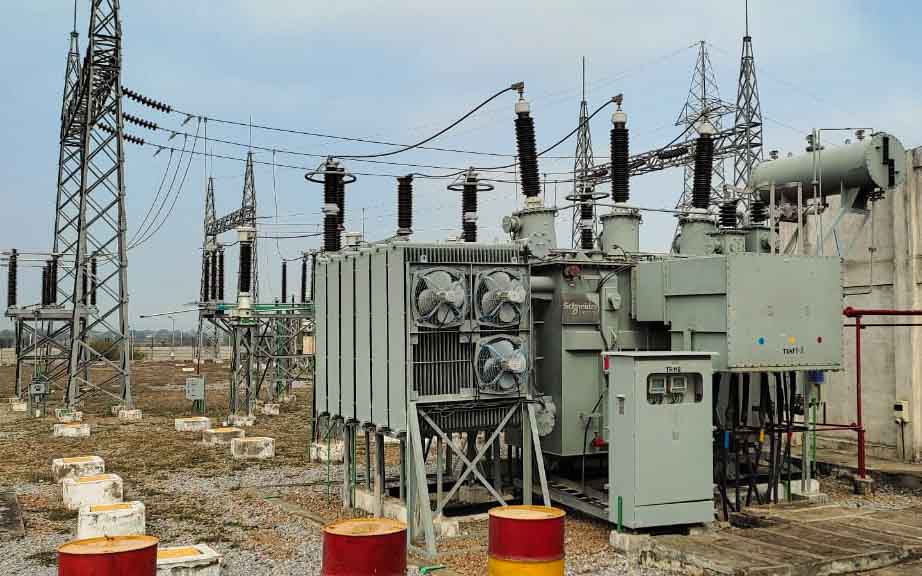Social and environmental well-being through renewable energy
India’s electricity demand is increasing rapidly and so is the power generation capacity. The Indian Government announced policies and measures for the development of renewable energy. However, capacity expansion is limited due to high capital costs and low plant load factors.
In order to facilitate the promotion of renewable energy generation, solar power plants are being built across the country under the United Nations Clean Development Mechanism. The project harnesses the power of the sun to feed 60 MW of clean electricity into the Indian grid annually. At the same time, project activities strengthen the local infrastructure, counteract the power shortage in the region and reduce the share of fossil fuels in the Indian energy sector. Furthermore, the solar farms have created jobs for the local population.

Although the development of renewable energy sources is increasing, energy from fossil fuels is still a significant part of energy production worldwide. This is associated with the release of large amounts of carbon emissions. The use of solar energy is a good way to provide people around the world with renewable energy and reduce greenhouse gas emissions. Solar installations, implemented through solar projects, convert sunlight into electricity (photovoltaic) or heat (solar thermal). Even when the sky is cloudy, the solar thermal power plants generate heat and convert it into electricity. Photovoltaic projects use the photoelectric effect to convert sunlight into electricity.
The energy produced is typically fed into the national or regional power grid, reducing the share of fossil fuels in the electricity mix. In addition to reducing carbon emissions, solar projects also prevent the release of various pollutants associated with conventional power generation. Solar energy projects in the ClimatePartner portfolio are registered with international standards.
Explore our projects
Biochar for Climate Action, Healthy Soils, and Better Harvests

A certified climate project combined with additional commitment

Expansion of renewable energy generation in Asia

Ceramic water filters save CO2 and improve health

Improved cookstoves worldwide – for better health and cleaner air

A certified climate project combined with additional commitment

Powering access to renewable energy in Africa

A certified climate project combined with additional commitment

Restored ecosystems remove carbon

Turning degraded farmlands into healthy ecosystems

Improved cookstoves - better for health and the environment





